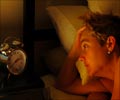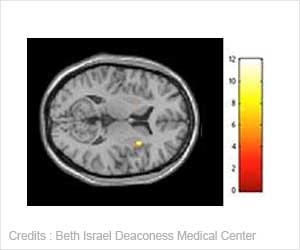Scientists have discovered a new gene that has a direct impact on how much someone sleeps.

The family whose DNA led to the identification of this gene is one of several that Ptáček and UCSF geneticist Ying-Hui Fu, the paper's other senior author, are studying and includes several members who function normally on only six hours of sleep. The gene, ADRB1, was identified using genetic linkage studies and whole-exome sequencing, which revealed a novel and very rare variant. The first step in deciphering the role of the gene variant involved studying its protein in the test tube.
"We wanted to determine if these mutations caused any functional alterations compared with the wild type," Fu says. "We found that this gene codes for ß1-adrenergic receptor, and that the mutant version of the protein is much less stable, altering the receptor's function. This suggested it was likely to have functional consequences in the brain."
The researchers then conducted a number of experiments in mice carrying a mutated version of the gene. They found that these mice slept on average 55 minutes less than regular mice. (Humans with the gene sleep two hours less than average.) Further analysis showed that the gene was expressed at high levels in the dorsal pons, a part of the brain stem involved in subconscious activities such as respiration and eye movement as well as sleep.
Additionally, they discovered that normal ADRB1 neurons in this region were more active not only during wakefulness, but also during REM (rapid eye movement) sleep. However, they were quiet during non-REM sleep. Furthermore, they found that the mutant neurons were more active than normal neurons, likely contributing to the short sleep behavior.
"Another way we confirmed the role of the protein was using optogenetics," Fu explains. "When we used light to activate the ADRB1 neurons, the mice immediately woke up from sleep." Ptáček acknowledges some limitations of using mice to study sleep. One of these is that mice exhibit different sleep patterns than humans, including, for example, sleeping in a fragmented pattern, rather than in a single continuous period.
The investigators plan to study the function of the ADRB1 protein in other parts of the brain. They also are looking at other families for additional genes that are likely to be important. "Sleep is complicated," Ptáček notes. "We don't think there's one gene or one region of the brain that's telling our bodies to sleep or wake. This is only one of many parts."
Source-Eurekalert
 MEDINDIA
MEDINDIA




 Email
Email










